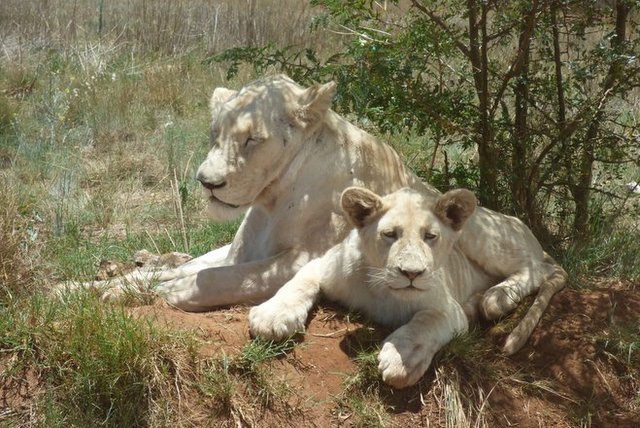
A trip to southern Africa simply isn't complete without a visit to one of the many national parks or nature reserves the region has to offer. Home to some of the largest animals on the planet, countries such as Namibia, South Africa and Tanzania contain extensive reserves that allow guests to observe animals in their natural habitat -- meaning no controversial animal captivity. Although seeing just one wild animal is often exhilarating in itself, a bit of research and preparation will give you the best possible chance of seeing a huge range of native animals to make for the best safari experience ever.
1. Pick the Best Season
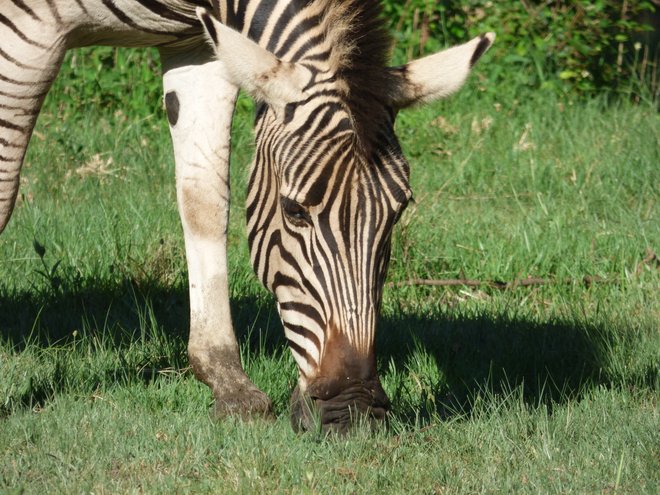
As any traveler knows, there’s an ideal season for everything — including spotting wildlife. Southern African nations typically have wet summers, meaning that the peak vacation period around Christmas may not be the best time to venture out looking for game. Instead, drier conditions are favorable, as the animals become dependent on visiting waterholes and therefore have far more predictable movements. Of course, it isn’t always possible to travel at the optimum time, so allocating a few days instead of just one will leave some options open in case the weather forecast looks grim.
2. Choose a Park Known for Animals You Want to See
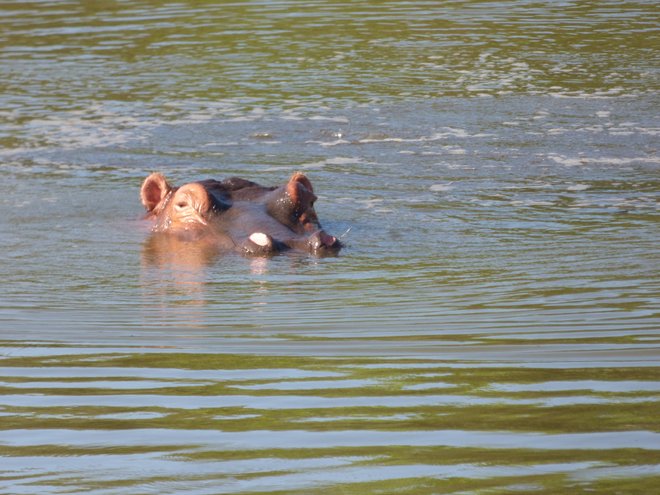
Again, a little research beforehand will optimize the safari experience. Not every type of animal is present in every park, and anyone eager to see a particular species will need to ensure that they choose a suitable reserve. Often, some of the better known parks are highly commercial and therefore extremely busy; venturing a little way from the beaten track may prove to be rewarding.
3. Hire a Guide
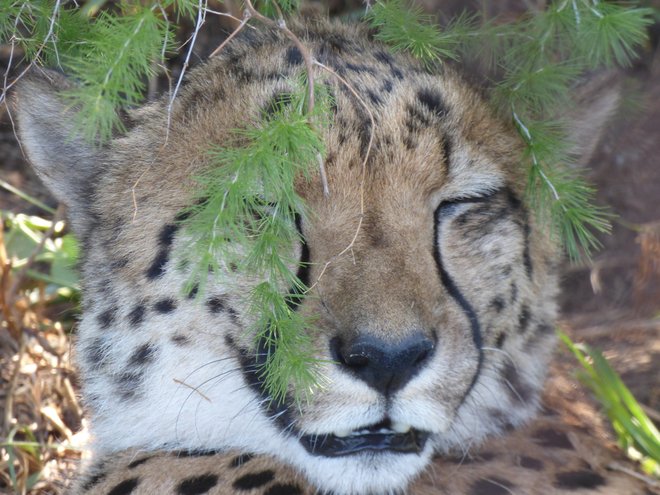
Self-driving around game reserves is also an option, but hiring a guide really does provide the best possible chance of seeing a range of wild animals. Qualified guides have a huge amount of knowledge and are also highly familiar with the layout of the parks and the typical movements of the animals. In many cases, guides will be in contact with each other over a two-way, meaning that you can be swiftly transported to a different area that is occupied by a animal — something that isn’t possible when you are driving yourself.
Additionally, safari vehicles are much higher than regular cars, and thus offer an expansive view of the landscape. Taking the backseat also allows you more time to snap the perfect photo.
4. Dress Accordingly
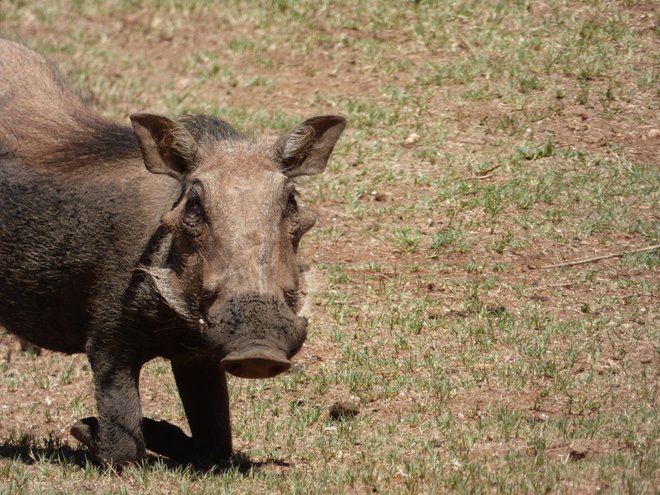
Although guiding vehicles generally have covers, it is likely that some body parts will be exposed during parts of the day when touring around. Sunglasses and sunscreen are a must, as the African sun is particularly brutal during the heat of the day. On the other hand, traveling at speed in vehicles with open sides may leave you feeling chilled, particularly if there is any drizzle during the wet season. Lightweight tops with sleeves are the most versatile, and a waterproof poncho may come in handy if the weather is less than ideal.
Additionally, a pair of binoculars will allow you to see as many animals as possible. Animals will often rest in the shade during the day, and can be difficult to spot from a distance. Even a small pair of binoculars will reveal things that the naked eye may have missed.
5. Prepare Your Camera
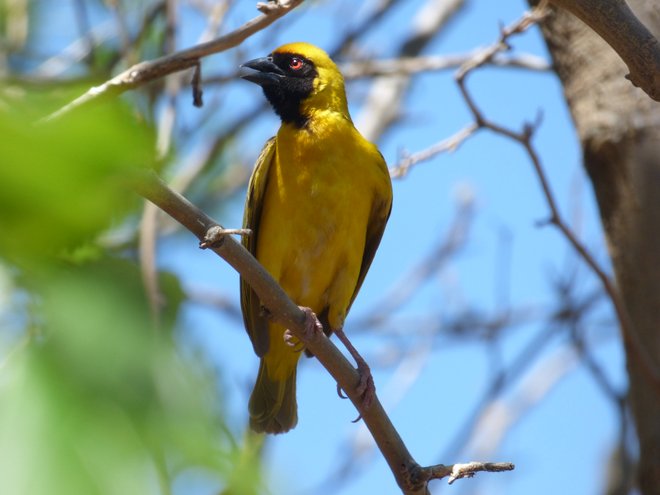
Taking the perfect photo is almost as important as seeing the animals in the first place, and most cameras these days are capable of snapping some great shots. Again, preparation is key; a basic knowledge of camera settings will improve the chances of capturing a primo shot, and a fully charged camera with plenty of memory will ensure that you have the option of snapping images all day.
Related Links:
- Exploring Hemingway’s Africa: A Firsthand Account
- The Top 6 Adventure Vacations of 2016
- The World’s Best Zoos
All products are independently selected by our writers and editors. If you buy something through our links, Oyster may earn an affiliate commission.



